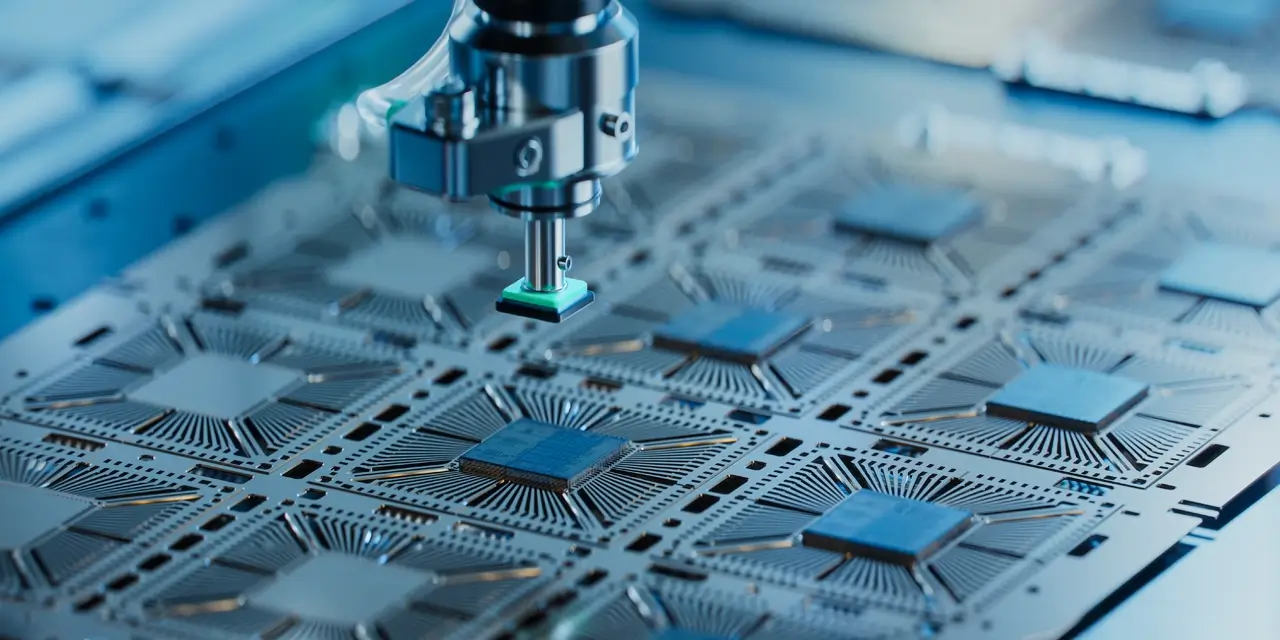HARVEST TECH ACHIEVERS GROWTH & INCOME ETF
July 2019
The future promise of technological innovation
The promise of new technologies lies in their ability to create new ways of doing things that save time and money.
It is also true that the technology sector can be tough for investors to navigate. While the latest technologies create new products and services, the advances are not always easy to understand. This is because unlocking that value takes time and the companies and products first out of the gate aren’t necessarily the ones that will win the race.
Sony’s Walkman lost out to the smaller iPod, Corel’s WordPerfect to Microsoft’s Word, Blackberry to the iPhone, Netscape to Google.
Betamax video was better quality than VHS. It offered better resolution and became the choice of filmmakers and graphic artists. It was also more expensive, so consumers traded off some quality for a lower price. VHS video was gradually replaced by CDs and DVDs. The CDs and DVDs were more compact and could store more information. DVDs were gradually replaced by video streaming which requires no storage and extends portability to mobile phones and tablets.
The spread of innovation
These changes tend to move in waves which have broad characteristics. An innovation leads to experimentation, a proliferation new products, a wave of new companies and then consolidation with a few industry leaders. The 1980s saw the rise of the personal computers with many players and the gradual dominance of Apple and Microsoft. The 1990s saw the birth of the Internet with Netscape, among the pioneers giving way to Internet Explorer and Google and Firefox. The 2000s brought social media and e-commerce giants including Facebook, Amazon and Netflix.
In this decade, we have seen the evolution of cloud computing and the Internet of Things (IoT) which allows devices to interact with software to control heating and cooling in our homes, help surgeons operate with the help of robots or learn which advertising we wish to avoid on the Internet. You can add Blockchain technology to that.
This interaction of these technologies – robotics, learning software and connectivity, is changing the way people, businesses and institutions interact and transact.
Rapid change is the norm
Many of the innovations would have been thought of as science fiction just a few years ago. An unmanned drone developed by the University of Maryland recently delivered a kidney for transplant between hospitals in the Washington area. The drone was able to keep the temperature constant, navigate around buildings and land safely, arriving in a much shorter time than an ambulance.
In another example, Microsoft has joined forces with a Seattle biotechnology firm to use AI software to help diagnose and treat immune system diseases using a simple blood test. The partnership combines Adaptive Biotechnologies Inc.’s sequencing technologies with Microsoft’s research and large-scale machine learning and Azure cloud computing capabilities. The goal is to create a universal diagnostic tool. Microsoft executive Peter Lee told a recent conference for healthcare developers, when he first heard about the development it sounded a lot like science fiction. As a Star Trek fan he likened the process to a device in the 1960s series called a Tricorder, a handheld medical diagnostic tool.
More products and services are on the way. They are using AI to interpret x-ray results, increase the inter-connectivity of devices in homes and factories, develop global data platforms, create surgical robots. They use blockchain technology to build shared, tamper-proof platforms. The changes are disruptive to some industries but are also creating new ones. Ride sharing, vacation rentals and streaming entertainment services are examples. Driverless cars use the same technology as unmanned drones. Social media has reshaped the way people communicate and socialize. E-commerce has changed the way we shop and how goods are delivered.
Managing the pace of change
One of the best ways to navigate these challenges is to focus on the companies that are most affected by the changes. These are often global players and have today’s dominant products and services – the things we know and use. Things like an iPhone or Macbook, Microsoft’s XBox or Windows operating system, Saleforce’s customer record management system or a VISA credit card. These companies have the financial wherewithal to acquire startups, the money to invest in research and development, and the leeway to make mistakes. Facebook owns the hugely popular What’s App instant messenger service and recently announced plans to launch a crypto currency with partners that include VISA. These companies are motivated to remain dominant and so are seeking to adapt to shifting consumer tastes while relying on mainstream businesses to generate the profits to pay dividends today.
The Harvest Advantage
Many of today’s technology and healthcare leaders can be found in the Harvest Tech Achievers Growth & Income ETF and the Harvest Healthcare Leaders Income ETF respectively. The companies in the portfolios are selected because they are leading global firms, with strong businesses and a history of profitability. They are well positioned to benefit from developing trends and potentially increase their dividends over time.
- The Harvest Tech Achievers Growth & Income ETF (TSX: HTA, HTA.U) is an actively managed portfolio of 20 global technology leaders. The ETF has an average market capitalization of US $342 billion as of June 30, 2019. The ETF has $71.1 million in assets under management and a management fee of 0.85%.
- The Harvest Healthcare Leaders Income ETF (TSX: HHL, HHL.U) had 20 stocks as of June 30, 2019, all global healthcare leaders with an average market capitalization of US$155 billion. The ETF has $369.1 million in assets under management and a management fee of 0.85%. This ETF pays monthly distributions.
The Art of Covered Call Writing
An important part of the Harvest model is the use of covered call options to generate extra income. When strong, global businesses with growing dividend streams are combined with the call option strategy it is a powerful energizer. Harvest writes covered calls on up to 33% of each position on its equity income ETFs. This generates an attractive tax efficient income while participating in the growth of the companies where it is invested.
Harvest Specialty Index ETF
Harvest launched Canada’s first blockchain ETF in February, 2018. The Blockchain Technologies ETF (TSX: HBLK) tracks the Harvest Blockchain Technologies Index. HBLK holds 19 stocks (as at June 30, 2019), including ten large-cap companies, exposed to the development and implementation of blockchain technologies. HBLK has a management fee of 0.65%.
Download Article: Harvest Tech Achievers Growth & Income ETF_SGI (5)
Harvest ETFs (Managed by Harvest Portfolios Group Inc.)
Disclaimer
The above is for informational purposes only and does not constitute an offer to sell or the solicitation of an offer to purchase any Harvest Portfolios Group Inc. managed investment fund and is not intended to provide specific financial, investment, tax, legal or accounting advice, and should not be relied upon in that regard. Investors should seek the advice of investment professionals, as appropriate, regarding any particular investment and/or trading strategy, which should be evaluated relative to each individual’s circumstances, as these investments may not be suitable for all investors.
Commissions, management fees and expenses all may be associated with investing in Harvest Exchange Traded Funds (managed by Harvest Portfolios Group Inc.). Please read the relevant prospectus before investing. The funds are not guaranteed, their values change frequently and past performance may not be repeated. Distributions are paid to you in cash unless you request, pursuant to your participation in a distribution reinvestment plan, that they be reinvested into Class A or Class U units (if available) of the Fund. If the Fund earns less than the amounts distributed, the difference is a return of capital.













